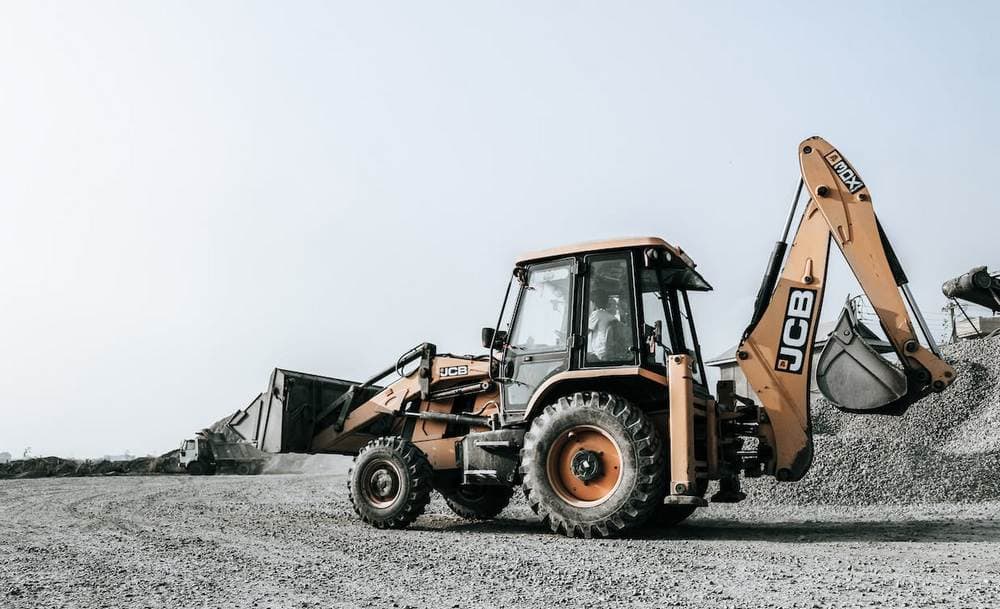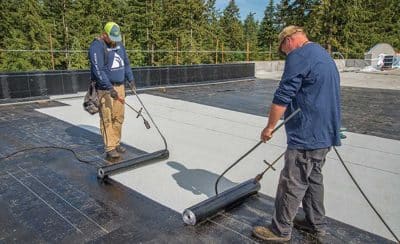
When it comes to construction work, we would be virtually nowhere without the help of heavy machinery! On construction sites around the world, heavy machines are essential for moving large items from one location to another, as well as lifting oversize objects, and achieving other big-ticket building, constructing, and renovating tasks that simply cannot be completed through manual labour alone.
Of course, the use of heavy machinery is also an important element in ensuring the safety of construction workers – albeit, when using the machinery correctly, and in line with Occupational Health and Safety regulations. But what are the different types of heavy machines that are used on construction jobs, and what purpose do each of these machines serve? If you’re keen to learn more about heavy machines in construction, just keep on reading!
Construction Sites and Heavy Machines: The Essentials
Cranes
Cranes are an essential tool for lifting, hoisting and moving heavy, oversized items from one place to another. They can be used to push, lift, and move heavy materials such as large concrete sheets, thick-cut timber or wooden blocks, and steel or metal frames, for example. Australian cranes in particular are known to be especially sturdy and safe to use. They can also be either bought outright or temporarily hired for use on a specific construction job for a set time.
Forklifts
Next up on the essential heavy machinery list are forklifts. Of course, to be authorised to operate forklift machinery, the forklift operator must have a forklift license. Operators can obtain a forklift license through a reputable training organisation or by completing forklift operator certification online. That is to say, one that is qualified to instruct workers how to correctly operate a forklift. Most importantly, this particular type of qualification is vital to make sure that the forklift operator is fully trained, properly equipped, and capable of using this potentially dangerous and heavy machinery item safely, and in compliance with Occupational Health and Safety (also known as OH&S) regulations.

Excavators
Excavators are also essential on construction sites. Importantly, this type of heavy machinery can assist construction workers with challenging demolition tasks, as well as remove unwanted debris from a site. Excavators can also help clear the way to create space for new elements of the structure to be constructed within.
To be fair, excavators are most often used on sites where renovation of an older building is occurring. They can also be used in ‘knock down and rebuild’ projects, where an old structure is razed to the ground, and replaced with a completely new building. Many construction workers and project managers will argue that knocking down and rebuilding a site is more efficient and cost-effective than trying to renovate and rebuild an already ageing building. This is because when renovating an old building, you can often be left with an unstable, sinking, or even wonky structure that is difficult to work with. As such, creating clean, new lines is often considered much easier and more effective.
Bulldozers
Also helpful to make room and clear space on construction sites are bulldozers. Bulldozers are especially important for demolition works during renovations, as they can quickly and easily crush any unwanted structures and objects in their path. This then clears the way for excavators to remove the remaining debris that is left in the bulldozer’s wake. Of course, construction workers must also be very careful when using bulldozers, and take care to ensure that none of their colleagues are in the way of the machine when it is in operation. Needless to say, being crushed by heavy machinery such as a bulldozer can be fatal, or at least, can cause serious injury. That being said, if injured on the job, construction workers are entitled to worker’s compensation for work-related injuries, as well as being provided with assistance with rehabilitation.
Dump Trucks
Lastly, dump trucks are essential for waste removal from a site. Usually tasked with arriving at the job after the bulldozers and excavators have left, dump trucks are often also referred to as pick-up trucks. Importantly, dump trucks differ from other trucks in that their back tray can extend off the rear end of the vehicle for easy removal of stored materials. Named after their tray’s dumping removal method, these trucks are usually operated by qualified truck drivers.
Needless to say, the construction industry will always be in high demand. People will always need new homes to live in, office buildings to work in, hospitals and medical centres, and shopping centres to visit – amongst the many other buildings that need to be built! As such, we are dependent on our construction industry, just like construction workers are dependent on their heavy machinery. Indeed, heavy machines are essential to construction – and the construction industry today would be far less effective without them!








